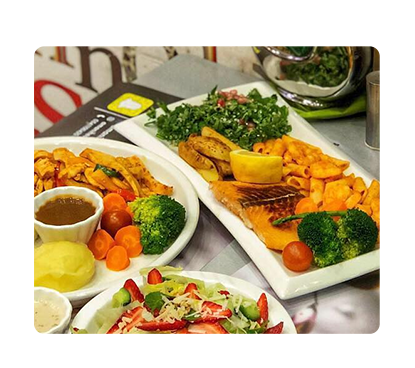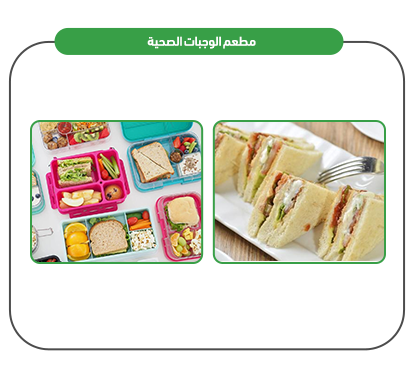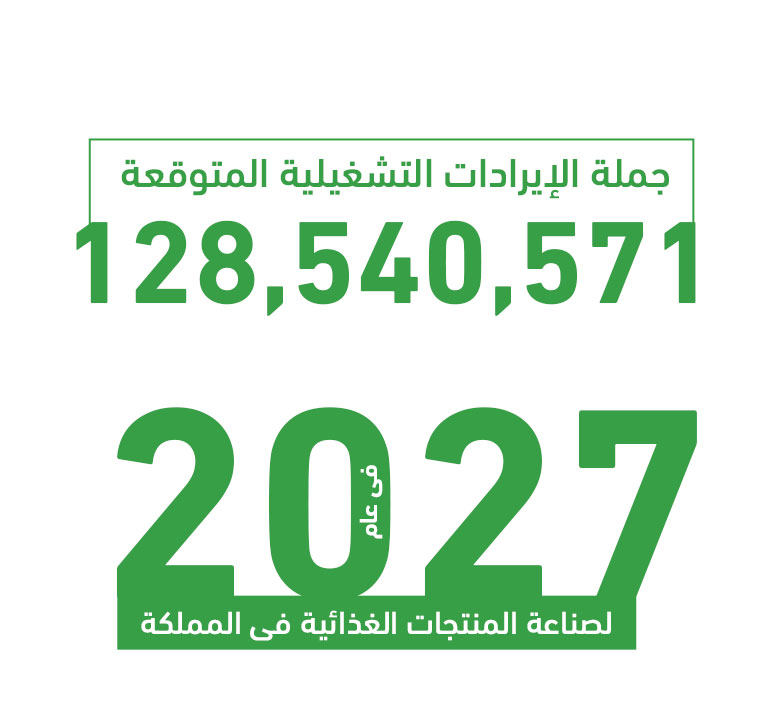Mashroo3k Economic Consulting Company offers a comprehensive feasibility study for a healthy food restaurant project in Yemen, with the highest return on investment and the best payback period. This study is based on a thorough study of the service sector in Yemen, current and potential competitors, and the provision of competitive pricing.

The healthy meal restaurant offers a variety of healthy foods, which reduce the spread of obesity and are increasingly popular in the Yemen market. Mashroo3k consultants believe that designating a restaurant to serve healthy meals in Yemen increases the project’s chances of success, achieving the highest return on investment, and achieving the best payback period. This is achieved through careful studies of the Yemen market size, analyzing customer desires and competitor strategies, and introducing new ideas to enhance the project’s competitive advantages.

Mashroo3k Economic Consulting Company is keen to ensure that a healthy food restaurant project in Yemen includes the factors that will achieve the highest return on investment and the best payback period. This is what the consultants at Mashroo3k Economic Consulting Company have determined, based on studies and statistics on the size of the Yemen market, an analysis of the strategies of previous competitors, the reasons for their withdrawal from the market, and current and potential competitors.


Executive summary
Study project services/products
Market Size Analysis
Risk Assessment
Technical study
Financial study
Organizational and administrative study

The GCC region accounts for only 0.7% of the world’s population; however, it represents 3% of global spending on processed food and beverages, amounting to $102 billion out of a total of $3.4 trillion. This indicates a high per capita food consumption in the region, exceeding the global consumption level. This is not surprising when analyzed in depth, as the GCC’s population now exceeds 58 million people, with approximately 56.3% of them falling within the age group of 25 to 54 years. This significant demographic segment drives the food industry market, as it is the most active and dynamic compared to other groups.
Since Saudi Arabia accounts for approximately 59.7% of the total GCC population and holds a market share of over 53% in the food and beverage sector, “Mashroo3k” has decided to present key indicators of this vital market in the Kingdom, based on the latest available statistics:
By the end of Q2 2021, there were 916 food product factories, with an additional 249 factories under construction.
The number of beverage factories was 209, while 71 factories were under construction.
Food product factories represent 11.1% of the total 8,258 operational factories in Saudi Arabia, while beverage factories account for 2.5% of the total number.
Saudi Arabia’s food and beverage market was valued at SAR 168.8 billion.
By the end of 2021, food consumption in Saudi Arabia reached SAR 221 billion, growing at a rate of 6%.
According to global reports, food consumption in Saudi Arabia was valued at $70 billion, representing 60% of total food consumption in the GCC region.
The fast-food market in Saudi Arabia is expected to reach $4.5 billion in the next three years.
The organic, healthy, and specialized food market in Saudi Arabia is valued at $27 billion, while the halal food market is estimated at $6 billion.
Saudi Arabia imports $14.5 billion worth of food and beverages annually.
In 2020, operating expenses for food and beverage services reached SAR 34,032.10 million, compared to SAR 30,069.23 million in 2018.
In 2020, operating revenues for food and beverage services were SAR 61,557.77 million, up from SAR 54,866.87 million in 2018.
By 2027, operational expenses in the food and beverage sector are expected to reach SAR 52,489.34 million, while operational revenues are projected to hit SAR 92,084.64 million.
The total projected operating revenues for the food production industry in Saudi Arabia by 2027 amount to SAR 128,540,573 thousand.
According to UNICEF, the global malnutrition index rose to 9.8% in 2021.
Between 702 to 828 million people suffer from hunger worldwide.
The global food market generates approximately $8.66 trillion in revenue.
7.8% of the total food market revenue is expected to be generated through online sales.
Total global primary crop production: 9.4 billion tons.
Total global meat production: 337 million tons.
Total global fruit production: 883 million tons.
Total global vegetable production: 1,128 million tons.
Total global vegetable oil production: 201 million tons.
Total global dairy production: 883 million tons.
Total global egg production: 83 million tons.
